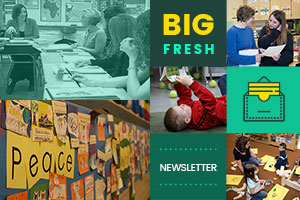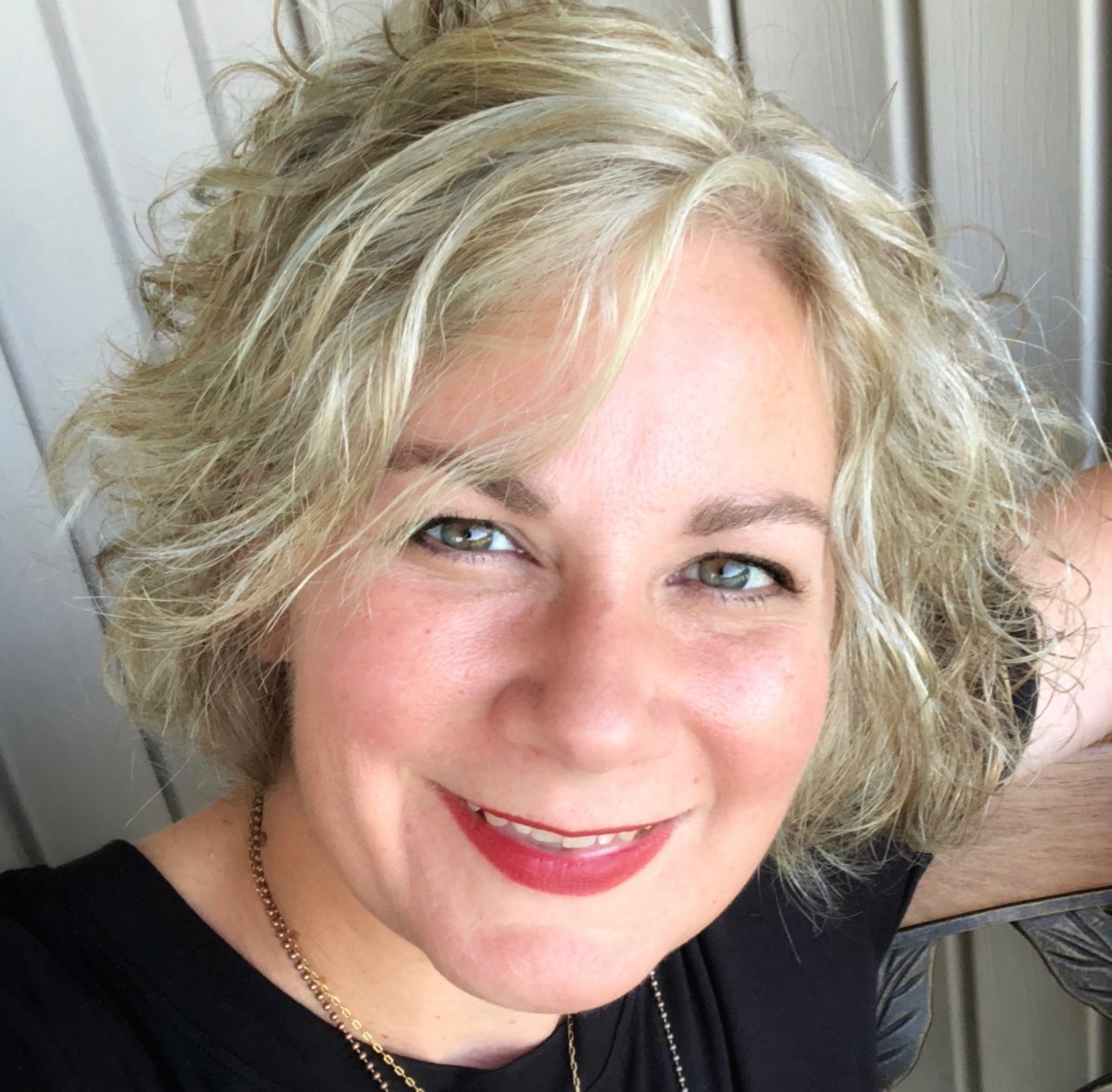Slow but steady wins the race.
—Aesop
Let’s Not Be Frazzled
I swim. Perhaps more accurately, I spend a lot of time exercising in the water. I don’t lap swim, but I want to. Perhaps more accurately, I want to reach the point of flow I used to hit when running. Before I broke my ankle, I could run three-ish miles four or five times a week.
I always struggled to begin, but about a half mile in, my breath found its rhythm and my body relaxed. I didn’t worry about being able to complete the run; I didn’t look at my watch. The mechanics of running became automatic; I noticed the world, and my mind traced creative lines of thoughts.
Rumor has it that swimmers can find this zone, too.
A few weeks ago I mentioned to a swimmer friend that I struggled swimming a handful of laps during our deep-water exercise class. “That’s strange,” she said. “You have a ton of stamina and you’re strong.”
“I think I’m too tense,” I said.
She swam alongside me, watching me under the water. “Yep, you are,” she confirmed. “Try slowing down.”
“Slowing down?”
“Yes, you can ride your glide.”
“What glide?” I said, and she laughed.
“Just do it,” she told me.
I secured my goggles and tried again, this time slowing down, stretching, and pushing the water. I was shocked to reach the other side without a struggle. I swam a few more laps. It wasn’t quite effortless, but it wasn’t a struggle.
“The best part,” my friend said, “is you’re going to be able to let your thoughts go. You won’t be worried about the mechanics, and that’s when you’ll fall in love with lap swimming.”
Once again, I am reminded of the importance of being steady. I know the mechanics, but I don’t quite trust myself. Slowing down helps. The same is true in our classrooms. We know many things that will help students be stronger readers and writers. Let’s not be frazzled, but rather slow and steady. This week we look at more practices to hold steady for readers and writers—plus more, as always.
Shine on,
Ruth Ayres
Editor in Chief

Julie Cox makes a case for reflection as an essential tool for growth and innovations. She shares simple and powerful steps that will allow all educators to continue to deepen their instructional practices.
Gretchen Schroeder finds ways to increase students’ energy for doing work in her classroom. Her practical tips are useful for all students.
As educators, we see lots of tricky behaviors, and it’s natural to want to find labels to help us make sense of the way kids are behaving. In the latest episode of the Sticky Hope podcast, Ruth Ayres and Becca Burk talk about helping students develop habits for positive behaviors without labeling students in negative ways.

New members-only content is added each week to the Choice Literacy website. If you’re not yet a member, click here to explore membership options.
Bitsy Parks reminds us of the importance of taking time to talk, ask questions, and share thinking in a circle format. Community circle is a practice that strengthens an inclusive community.
Mandy Robek knows how to nurture inquiry and collaboration in her classroom. She shares a process for supporting whole-class projects.
Choice Numeracy | Problem posing is a strategy that involves students creating mathematical problems to solve or reworking given problems to change them in some way. Mallory Messenger shows how this strategy allows students to explore and test their current thinking. Download the Problem Posing with Problem Stems Recording Sheet to get started in your classroom.
Quick Take | Christy Rush-Levine shares her system for streamlining passing papers and offering a place for private feedback.
New members-only content is added each week to the Choice Literacy website. If you’re not yet a member, click here to explore membership options.
Mary Brower realizes she spends a lot of time listening to respond rather than understand. This inspires her to help students learn how to listen—really listen—to one another.
In a time when lives are showcased on highlight reels of social media, Gwen Blumberg reminds us of the importance of highlighting ordinary moments as worthy writing topics.
Stella Villalba works with teachers to create classrooms that nurture and develop students’ identities. With this in mind, she leads teachers in building units that celebrate and affirm students while also meeting the expectations of standards. Included is a list of resources.
Quote It:
It always seems impossible until it’s done.
—Nelson Mandela
That’s all for this week!



